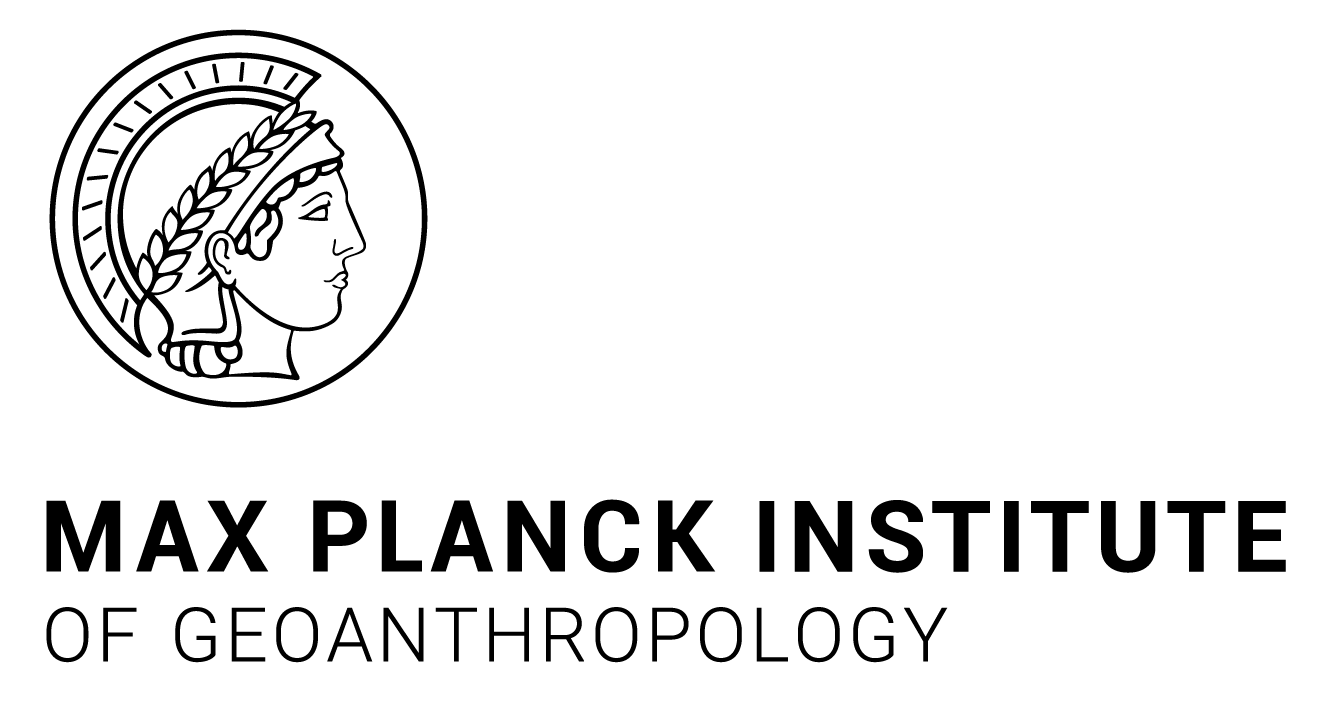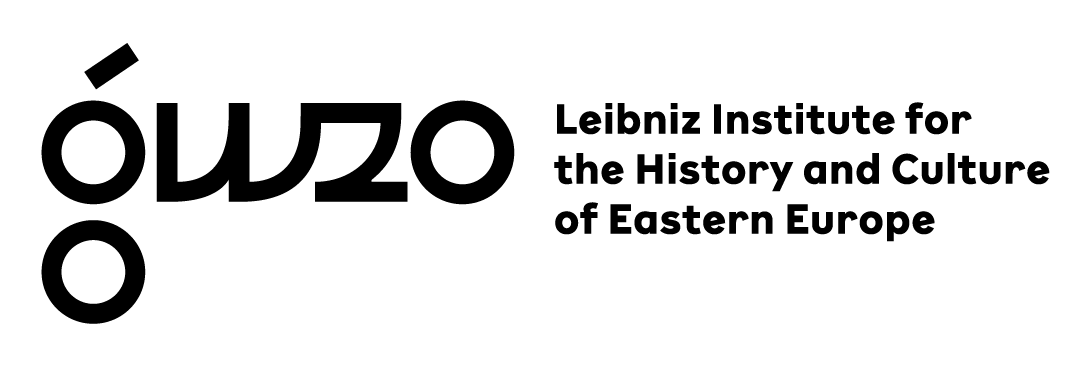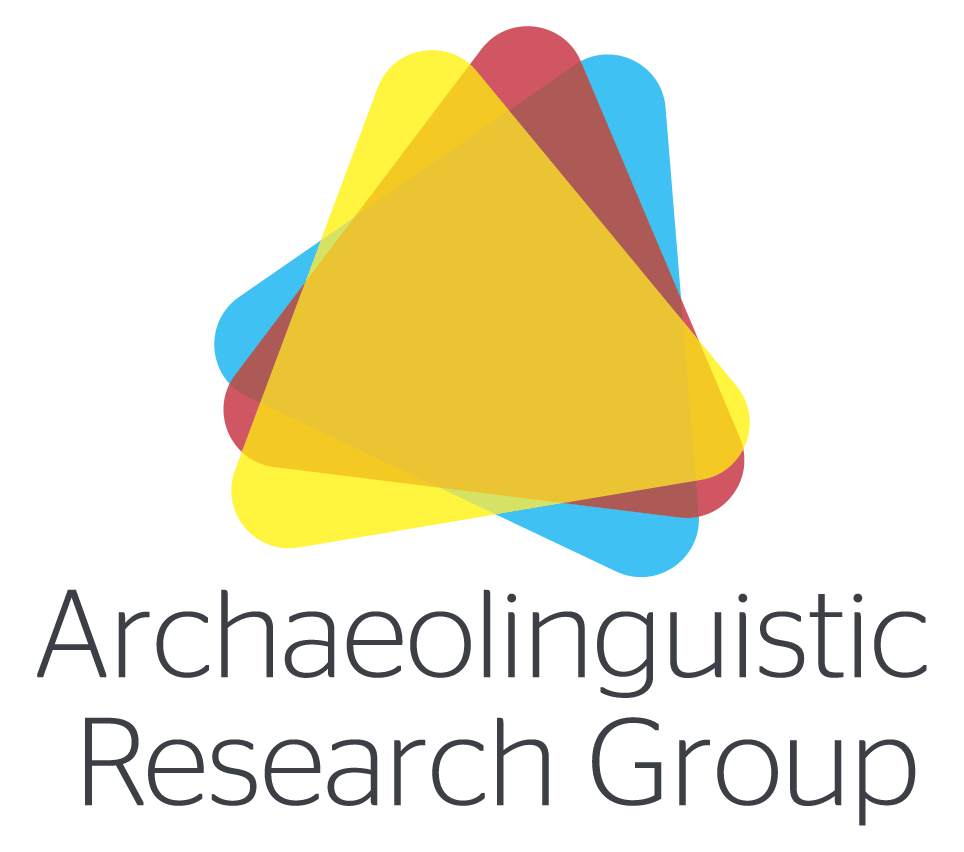RADON & RADON-B
Radon (Central European and Scandinavian database of radiocarbon dates for the Neolithic and Early Bronze Age) and Radon-B (Database for European radiocarbon dates for the Bronze and Early Iron Age)
Radon is a database of radiocarbon dates for the Neolithic and Early Bronze Age in central Europe and Scandinavia. Data obtained from Radon-B should be cited as: Martin Hinz, Martin Furholt, Johannes Müller, Dirk Raetzel-Fabian, Christoph Rinne, Karl-Göran Sjögren, Hans-Peter Wotzka, RADON – Radiocarbon dates online 2012. Central European database of 14C dates for the Neolithic and Early Bronze Age. www.jungsteinsite.de, 2012, 1-4.
Radon-B provides a quick overview of radiocarbon dates from Europe. The time frame was limited to the Bronze and Early Iron Ages and covers the period from 2300 BC to 500 BC. Data obtained from Radon-B should be cited as: Kneisel et al. 2013: Jutta Kneisel/Martin Hinz/Christoph Rinne, Radon-B. In: http://radon-b.ufg.uni-kiel.de.










